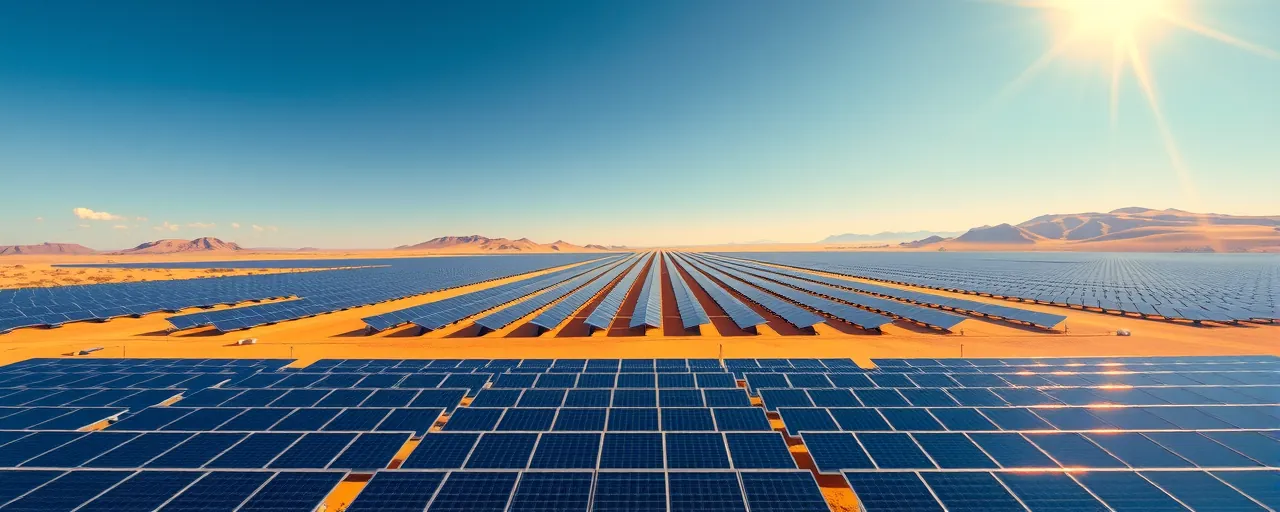A Historic Push for Cleaner Power
California set a new benchmark in 2024 by adding nearly 7,000 megawatts of clean energy to its grid, the largest annual increase ever recorded in the state. This milestone caps three years of unprecedented growth, driven by solar, wind, and a massive expansion in battery storage. The achievement signals a bold step toward a future powered by renewable energy.
In just five years, the state has integrated over 25,000 megawatts of new clean energy, enough to cover about half of its peak electricity demand in 2022. Battery storage capacity alone has grown by 1,944 percent since 2018, helping store solar and wind power for use when demand spikes. These advancements are transforming how California keeps the lights on.
Behind this surge lies careful coordination. The California Public Utilities Commission has directed utilities and community aggregators to prioritize renewable projects, aligning with the state’s 2018 commitment to achieve 100 percent carbon-free electricity by 2045. This framework ensures steady progress while addressing the growing need for reliable power.
Real Impacts for Communities
The shift to clean energy delivers measurable benefits. Since 2000, California’s greenhouse gas emissions have fallen 20 percent, even as its economy expanded by 78 percent. Cleaner air means fewer respiratory issues, especially in areas burdened by pollution. In 2024, the grid operated on 100 percent clean electricity for the equivalent of 51 days, a remarkable leap from a decade ago.
Economic gains are equally significant. Clean energy jobs in the U.S. grew by 4.2 percent in 2023, outpacing overall employment, with California at the forefront. Construction of solar farms and wind turbines has created thousands of jobs, while battery plants and rural projects generate tax revenue and royalties. These developments strengthen local economies, particularly in underserved regions.
Challenges persist, however. Rapid infrastructure growth demands critical minerals for batteries, and supply chain bottlenecks can slow progress. Some residents express concern about rising electricity bills as utilities fund grid upgrades. Policymakers face the task of ensuring these investments remain affordable for all households.
Navigating the Path Forward
California’s clean energy pipeline remains robust, with over 20,000 megawatts of projects contracted for completion by 2030 and plans for 75,000 megawatts by 2040. To support this, a $4.8 billion transmission plan will expand lines to connect remote renewable sources, particularly in the Bay Area, ensuring power reaches growing communities.
Integrating variable energy sources like solar and wind requires innovation. Batteries store surplus power, but their lifespan and capacity need enhancement. Grid operators use advanced forecasting tools and demand response programs to balance supply and demand, critical for preventing outages during extreme weather events like heatwaves or wildfires.
Views on this transition differ. Utilities and environmental advocates highlight the creation of jobs and reduction in emissions. Others, focused on household budgets, argue that market-based approaches could achieve similar outcomes with lower costs, citing projections of 7 to 10 percent bill increases by 2026. All agree that a stable grid is essential.
Lessons for a Broader Energy Future
California’s renewable energy policies, in place since the early 2000s, have driven significant U.S. growth in clean power, benefiting neighboring states as well. Economic forecasts suggest these efforts could reduce wholesale electricity prices by 20 to 80 percent by 2040, while increasing wages and regional economic output.
No single approach fits every region. National discussions reveal varied priorities, with some favoring a mix of renewables, natural gas, and carbon capture, and others advocating a swift transition away from fossil fuels. California’s experience underscores the value of policies tailored to local needs, balancing innovation with practical concerns like cost.
As California advances toward its 2045 carbon-free target, the focus remains on delivering cleaner air, reliable electricity, and economic growth. The state’s ability to address affordability and grid stability will influence not only its own trajectory but also the nation’s approach to building a sustainable energy future.
